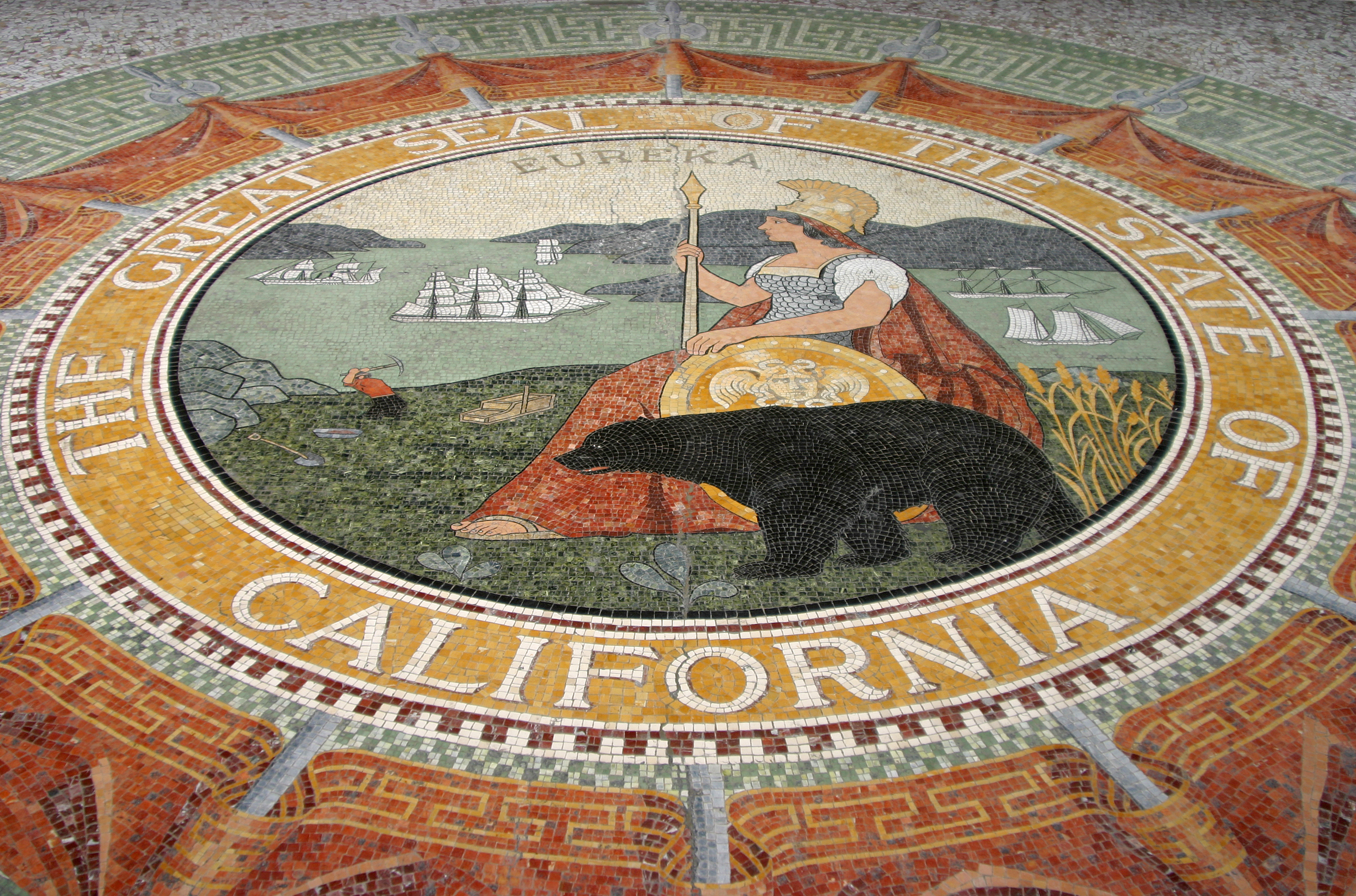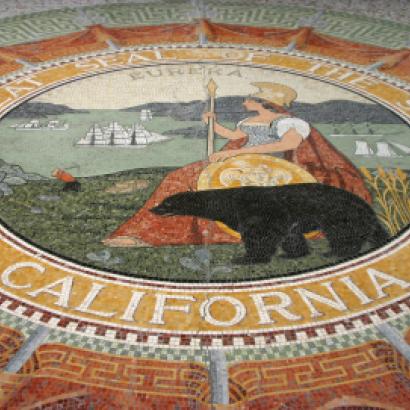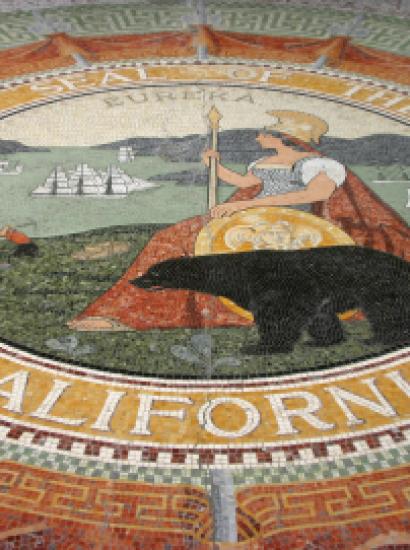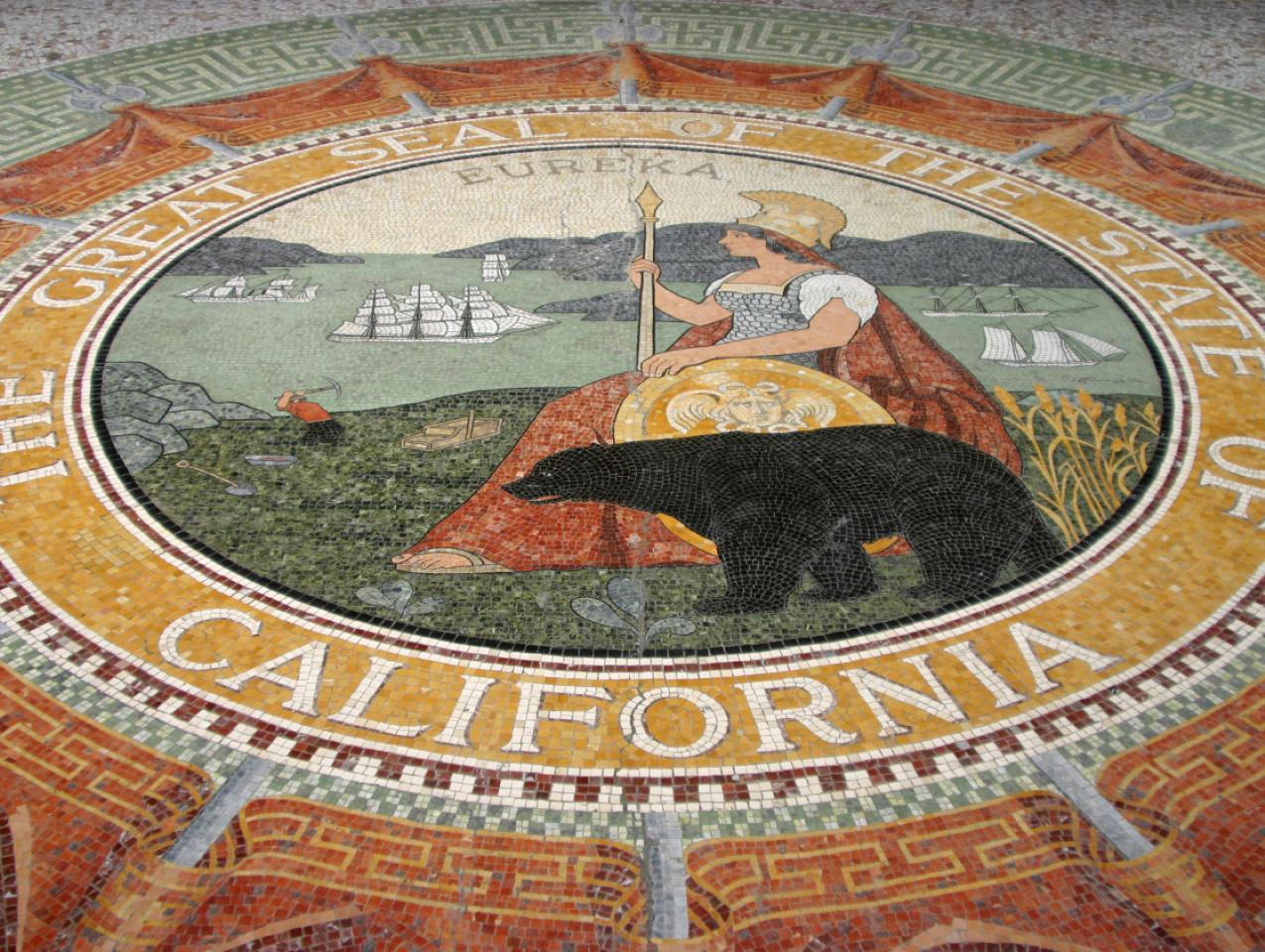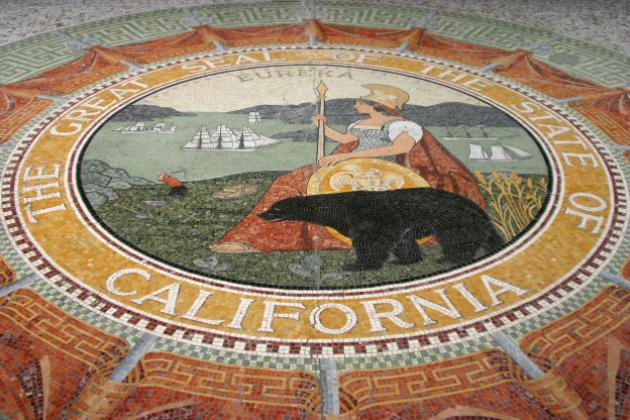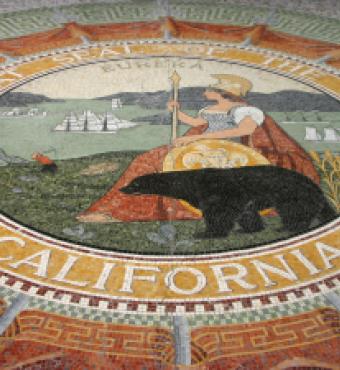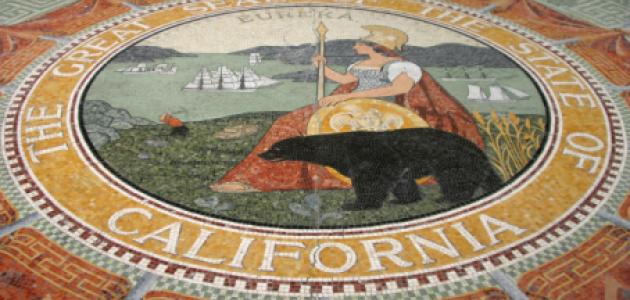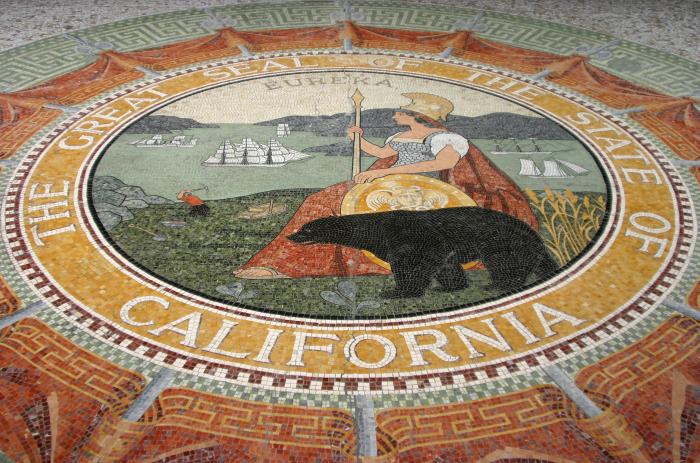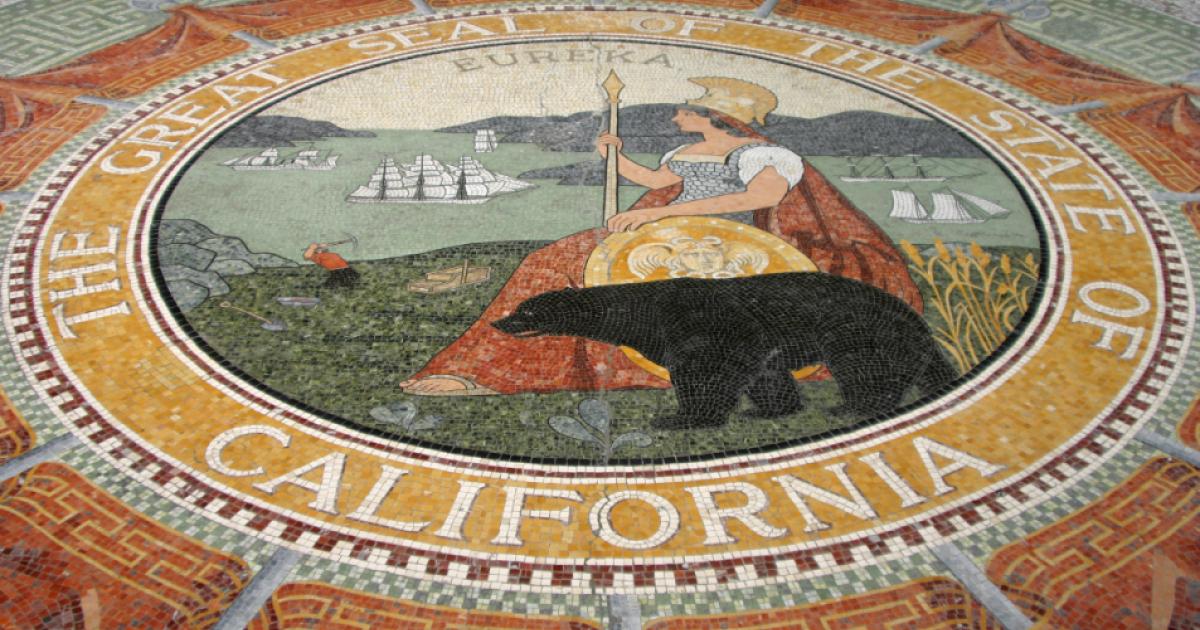- Politics, Institutions, and Public Opinion
- State & Local
- California
Think way back to August 2008. California voters were preparing to ban same-sex marriage, and San Francisco Mayor Gavin Newsom was changing his “sanctuary” city’s policy so that Eric Antonio Uc-Cahun and criminals like him would not be shielded from deportation.
San Francisco jailers had not informed federal immigration authorities when they freed Uc-Cahun, a 19-year-old native of Mexico, on two gang-related assaults. He soon was charged with knifing a man nearly to death in San Mateo.
“These attacks demonstrate that these people are acting with impunity because they have little to fear,” Joseph Russoniello, the Bush Administration’s US Attorney for the Northern District of California, said at the time—a theme that echoes across the years.
Mayor Newsom responded by directing city authorities to tell Immigration and Customs Enforcement (ICE) about undocumented immigrants who faced felony charges. As a result, fifty juvenile offenders were referred to federal immigration officials, the San Francisco Chronicle reported at the time.
Fast forward to California and Campaign 2018.
Newsom is running for governor by depicting his pioneering stand in favor of same-sex marriage as an example of courage. But at a time when 500 children and parents separated by a Trump policy have yet to be reunited, the man who would be California governor felt compelled to apologize, no matter that Un-Cahun was sent to prison.
“I’ll just say this to my critics: fair game. Looking back, there were things we could have done differently. I’m very honest about that,” Newsom recently told the Sacramento Bee.
No one wants to protect thugs. But in this state of immigrants and their children and grandchildren, Newsom can do math. He won the June 5 primary rather easily, but former Los Angeles Mayor Antonio Villaraigosa carried 58 percent of the Latino vote, Sacramento consultant Mike Madrid’s numbers show.
Latinos don’t vote in numbers that reflect their population. That will change as they age. The average age of Latino voters in California is twenty seven,, twenty years younger than the average white voter, Madrid says.
Still, Latinos accounted for 17 percent of the vote in June—up from 12 percent in the last gubernatorial primary. Call it a “Trump bump.” It’s like the reaction against 1994’s Proposition 187 (limiting public services available to non-documented Californians), only on performance-enhancing and politics-altering drugs.
Not too many years ago, Democrats questioned whether undocumented immigrants should have driver’s licenses or in-state public university tuition. No longer. Recently, the California State Legislature approved a bill that would permit small business owners to obtain business licenses without having Social Security numbers. There was no debate.
“Immigrant rights, civil rights, have become a pillar of the Democratic Party,” Villaraigosa said.
Not so for the Republican Party.
San Diego businessman John Cox, the GOP gubernatorial nominee, defined himself early by telling a forum at the University of Southern California that California must welcome immigrants “who can pick the fruits and vegetables that have made California number one in agriculture.” As opposed to engineers or doctors.
President Trump’s endorsement propelled Cox to the second spot in the top-two primary in June. But it will damage him in the general. The most recent Public Policy of California poll placed Trump’s approval rating at 34 percent.
An especially telling statistic, courtesy of Madrid: Of the 2.6 million Californians who have registered to vote since Trump’s election in 2016, a mere 3.1 percent were Latinos who registered Republican.
Latinos, now the largest segment of California’s population, began turning away from the GOP in 1994 when governor Pete Wilson embraced Prop 187. Although the initiative was aimed at cutting public funding for illegal immigrants, legal immigrants and their children and grandchildren saw it as an attack on them.
Wilson rode the initiative to reelection in 1994, and the GOP made other gains that year. But they soon started losing races and registration, and the party has sunk to less than a fourth of the electorate.
The Trump Administration’s recent effort to “denaturalize” certain people who have gained their citizenship serves to reinforce the view that the Republican Party of Trump wants to build a wall against demographic shifts that work against the GOP.
California Democrats will win most races this year and in years to come. But they will need to do more to nurture their base.
A month after Trump’s election, Sacramento Democrats led by Senator Kevin de León, a Los Angeles Democrat now running against Senator Dianne Feinstein, proposed legislation limiting state and local authorities’ power to cooperate with US immigration officers’ efforts to deport undocumented immigrants.
It’s the so-called “sanctuary state” legislation, though Governor Jerry Brown forced changes, making it clear that authorities could turn felons over to ICE. Details get lost in campaigns.
Weaponizing the issue, Speaker Paul Ryan’s Congressional Leadership Fund is paying for ads attacking Orange County Democratic congressional candidate Katie Porter for supporting “sanctuary cities.”
Tellingly, de León lost his own Los Angeles State Senate district to Feinstein in the June 5 primary and outpolled Villaraigosa in only a handful of wealthier coastal precincts, based on Madrid’s analysis.
Villaraigosa didn’t campaign on same-sex marriage, gun control, or California’s “sanctuary” status. Rather, he focused on economic and educational inequality, issues that matter particularly to immigrants, who strive to attain the California Dream for themselves and their children.
“The face of poverty is one of color, and it’s the face of Latinos specifically,” Villaraigosa told me. “We’re sitting here in a state that is so rich but has the highest effective poverty rate. That ought to be a critical issue for Democrats.”
In interviews and speeches, Newsom talks about income inequality, poverty, and the need to end homelessness. They’re the hard challenges of the next governor. They cut across ethnic lines but affect some more than others.
Uc-Cahun, meanwhile, is doing hard time at California State Prison in Vacaville and will be eligible for parole nine months into what would be Newsom’s first year in office.
Want to guess whether prison authorities will make sure ICE is waiting for him?
Dan Morain, senior editor at CALmatters, covers California policy and politics. Sign up for his daily newsletter, WhatMatters, here.

California journalism, at present, is the classic example of a glass half-empty or half-full. On the positive side, the last three Pulitzer Prizes for Breaking News Reporting have gone to California-based publications: this year, the Santa Rosa Democrat (Northern California wildfires); in 2017, Oakland’s East Bay Times (the “Ghost Ship” warehouse fire); in 2016, the Los Angeles Times (the San Bernardino terrorist attack). The down side: the sad state of Golden State political journalism. The Los Angeles Times’ William Stall earned the 2004 Pulitzer Prize in Editorial Writing for his examination of various failings of state government at the same time California held its gubernatorial recall election. That same year, journalists flocked to Sacramento en masse after the state selected a world-class celebrity as its chief executive. When the celebrity departed the State Capitol in 2011, so too did the media’s fascination with state politics and government. Out-of-town television bureaus quickly retreated to their home bases; downsized newspaper staffs meant fewer reporters. And so it’s been for the past eight years. “I’ll be back” is Arnold Schwarzenegger’s on-screen promise. For Sacramento-based journalists, it’s more of an open question.







